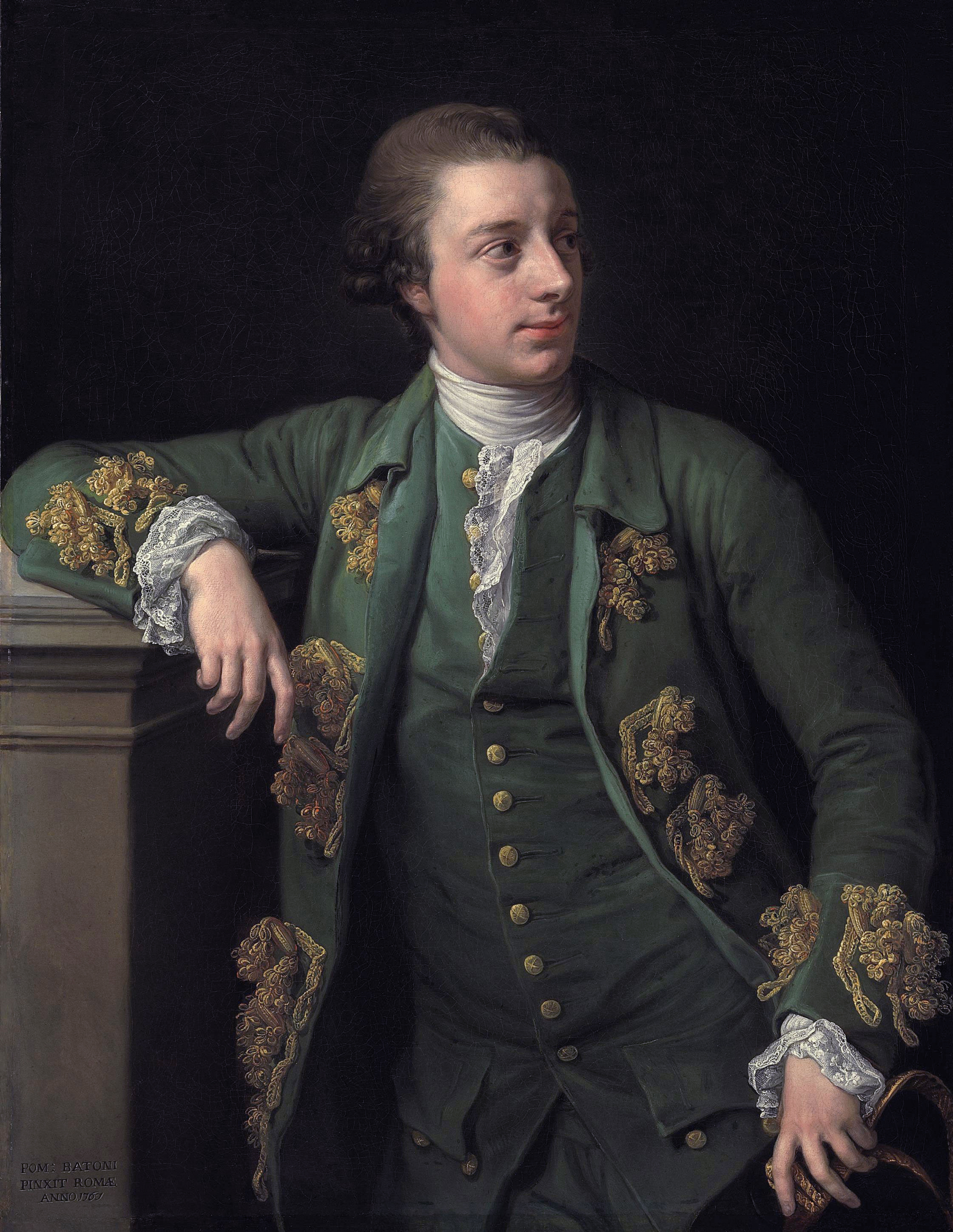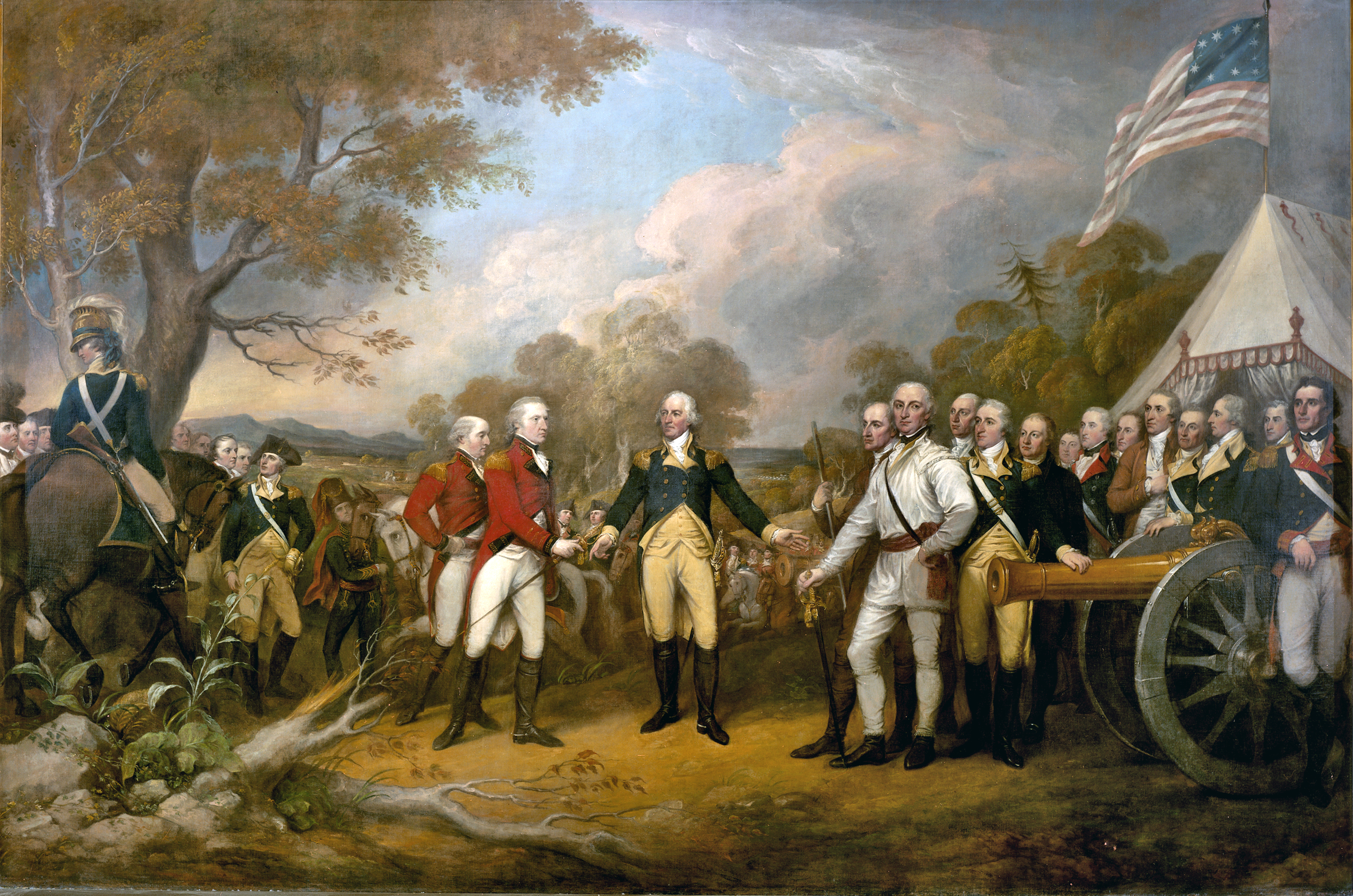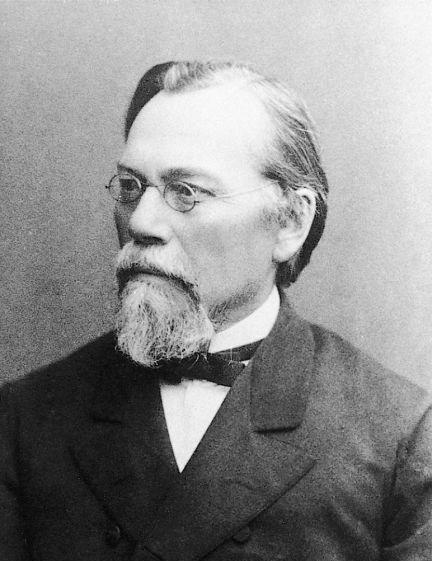|
Chichester Fortescue (1777–1826)
Chichester Fortescue (12 August 1777 – 25 November 1826) briefly served as an Irish Member of Parliament. He was the son of Thomas Fortescue and father of The 1st Baron Clermont and The 1st Baron Carlingford and Harriet Angelina Fortescue. He was elected to the Irish House of Commons for Hillsborough in January 1800 but lost his seat when the Parliament of Ireland was abolished by the Act of Union 1800. The Peerage References Irish MPs 1798–1800 1777 births 1826 deaths[...More Info...] [...Related Items...] OR: [Wikipedia] [Google] [Baidu] |
Thomas Fortescue (1744–1799)
Thomas Fortescue (1 May 1744 – 10 December 1779) was an Irish Member of Parliament. He represented Trim in the Irish House of Commons from 1768 to his death. He was son of Chichester Fortescue by his wife Elizabeth, daughter of Richard Wesley, 1st Baron Mornington. His son Chichester also served as an MP. References * * http://thepeerage.com/p20601.htm#i206003 1744 births 1779 deaths Irish MPs 1769–1776 Irish MPs 1776–1783 Thomas Thomas may refer to: People * List of people with given name Thomas * Thomas (name) * Thomas (surname) * Saint Thomas (other) * Thomas Aquinas (1225–1274) Italian Dominican friar, philosopher, and Doctor of the Church * Thomas the A ... Members of the Parliament of Ireland (pre-1801) for County Meath constituencies {{Ireland-pre1801-MP-stub ... [...More Info...] [...Related Items...] OR: [Wikipedia] [Google] [Baidu] |
Thomas Fortescue, 1st Baron Clermont
Thomas Fortescue, 1st Baron Clermont (9 March 1815 – 29 July 1887) of Ravensdale Park in County Louth, Ireland, was an Irish Whig politician and was the historian of the ancient Fortescue family of 12th century Devonshire origins. Origins He was born on 9 March 1815, the son of Chichester Fortescue (1777–1826) of Dromisken, County Louth, Ireland, by his wife Martha Angel Hobson, a daughter of Samuel Meade Hobson of Muchridge House, County Cork, Ireland, a barrister. His younger brother was Chichester Parkinson-Fortescue, 1st Baron Carlingford (1823-1898). He was a descendant of Chichester Fortescue of Dromisken, whose brother William Fortescue was the grandfather of William Fortescue, 1st Earl of Clermont (1722-1806). Career He was educated at Exeter College, Oxford. In 1833 he inherited Ravensdale Park, County Louth, upon the death of Sir Henry James Goodricke, 7th Baronet, son of Sir Henry Goodricke, 6th Baronet by his wife Charlotte Fortescue, sister of the 1s ... [...More Info...] [...Related Items...] OR: [Wikipedia] [Google] [Baidu] |
Chichester Parkinson-Fortescue, 1st Baron Carlingford
Chichester Samuel Parkinson-Fortescue, 2nd Baron Clermont and 1st Baron Carlingford (18 January 1823 – 30 January 1898), known as Chichester Fortescue until 1863 and as Chichester Parkinson-Fortescue between 1863 and 1874 and Lord Carlingford after 1874, was a British Liberal politician of the 19th century. Background and education Born Chichester Fortescue, Carlingford was the son of Chichester Fortescue (died 1826), Member of Parliament for Hillsborough in the Irish Parliament. He came of an old Anglo-Irish family settled in Ireland since the days of Sir Faithful Fortescue (1581–1666), whose uncle, The 1st Baron Chichester, was Lord Deputy. The history of the family was written by his elder brother, Thomas Fortescue, who in 1852 was created Baron Clermont. His mother was Martha Angel, daughter of Samuel Meade Hobson. The future Lord Carlingford was educated at Christ Church, Oxford, where he took a first in Classics (1844) and won the chancellor's English essa ... [...More Info...] [...Related Items...] OR: [Wikipedia] [Google] [Baidu] |
Harriet Angelina Fortescue
Harriet Angelina Fortescue (1825 – 1889) was a British writer on international affairs. She was the wife of diplomat David Urquhart and wrote numerous articles in his publication, the ''Diplomatic Review'', under the signature of ''Caritas''. A ''Memoir of Mrs. Urquhart'' (1897) was written by Maria Catherine Bishop. Notes External linksPapers of David and Harriet Urquhartat the Wellcome Library. Papers of David and Harriet Urquhartat Balliol College, Oxford Balliol College () is a constituent college of the University of Oxford. Founded in 1263 by nobleman John I de Balliol, it has a claim to be the oldest college in Oxford and the English-speaking world. With a governing body of a master and aro .... 1825 births 1889 deaths Harriet Angelina {{UK-writer-stub ... [...More Info...] [...Related Items...] OR: [Wikipedia] [Google] [Baidu] |
Irish House Of Commons
The Irish House of Commons was the lower house of the Parliament of Ireland that existed from 1297 until the end of 1800. The upper house was the Irish House of Lords, House of Lords. The membership of the House of Commons was directly elected, but on a highly restrictive franchise, similar to the unreformed House of Commons in contemporary Great Britain. Catholic Church in Ireland, Catholics were disqualified from sitting in the Irish parliament from 1691, even though they comprised the vast majority of the Irish population. The Irish executive, known as the Dublin Castle administration, under the Lord Lieutenant of Ireland, was not answerable to the House of Commons but to the British government. However, the Chief Secretary for Ireland was usually a member of the Irish parliament. In the Commons, business was presided over by the Speaker of the Irish House of Commons, Speaker. From 1 January 1801, it ceased to exist and was succeeded by the House of Commons of the United Kin ... [...More Info...] [...Related Items...] OR: [Wikipedia] [Google] [Baidu] |
Hillsborough (Parliament Of Ireland Constituency)
Hillsborough was a constituency represented in the Irish House of Commons until 1800. History In the Patriot Parliament of 1689 summoned by James II of England, James II, Hillsborough was not represented. Members of Parliament, 1662–1801 *1662–1666 Robert Colville (Irish MP), Sir Robert Colville and Carrol Bolton 1689–1801 Notes References Bibliography * * {{County Down constituencies Constituencies of the Parliament of Ireland (pre-1801) Historic constituencies in County Down 1662 establishments in Ireland 1800 disestablishments in Ireland Constituencies established in 1662 Constituencies disestablished in 1800 ... [...More Info...] [...Related Items...] OR: [Wikipedia] [Google] [Baidu] |
Parliament Of Ireland
The Parliament of Ireland () was the legislature of the Lordship of Ireland, and later the Kingdom of Ireland, from 1297 until the end of 1800. It was modelled on the Parliament of England and from 1537 comprised two chambers: the Irish House of Commons, House of Commons and the Irish House of Lords, House of Lords. The Lords were members of the Peerage of Ireland, Irish peerage ('Lords Temporal, lords temporal') and Bishop, bishops ('Lords Spiritual, lords spiritual'; after the Reformation, Church of Ireland bishops). The Commons was directly elected, albeit on a very restricted Suffrage, franchise. Parliaments met at various places in Leinster and Munster, but latterly always in Dublin: in Christ Church Cathedral, Dublin, Christ Church Cathedral (15th century),Richardson 1943 p.451 Dublin Castle (to 1649), Chichester House (1661–1727), the The King's Hospital, Blue Coat School (1729–31), and finally a purpose-built Parliament House, Dublin, Parliament House on College G ... [...More Info...] [...Related Items...] OR: [Wikipedia] [Google] [Baidu] |
Act Of Union 1800
The Acts of Union 1800 were parallel acts of the Parliament of Great Britain and the Parliament of Ireland which united the Kingdom of Great Britain and the Kingdom of Ireland (previously in personal union) to create the United Kingdom of Great Britain and Ireland. The acts came into force between 31 December 1800 and 1 January 1801, and the merged Parliament of the United Kingdom had its first meeting on 22 January 1801. Provisions of the acts remain in force, with amendments and some Articles repealed, in the United Kingdom, but they have been repealed in their entirety in the Republic of Ireland. Name Two acts were passed in 1800 with the same long title: ''An Act for the Union of Great Britain and Ireland''. The short title of the act of the British Parliament is Union with Ireland Act 1800 ( 39 & 40 Geo. 3. c. 67), assigned by the Short Titles Act 1896. The short title of the act of the Irish Parliament is Act of Union (Ireland) 1800 (40 Geo. 3. c. 38 (I)), assigned ... [...More Info...] [...Related Items...] OR: [Wikipedia] [Google] [Baidu] |
Irish MPs 1798–1800
Irish commonly refers to: * Someone or something of, from, or related to: ** Ireland, an island situated off the north-western coast of continental Europe ***Éire, Irish language name for the island and the sovereign state *** Erse (other), Scots language name for the Irish language or Irish people ** Republic of Ireland, a sovereign state ** Northern Ireland, a constituent unit of the United Kingdom of Great Britain and Northern Ireland * Irish language, a Celtic Goidelic language of the Indo-European language family spoken in Ireland * Irish English, set of dialects of the English language native to Ireland * Irish people, people of Irish ethnicity Irish may also refer to: Places * Irish Creek (Kansas), a stream in Kansas * Irish Creek (South Dakota), a stream in South Dakota * Irish Lake, Watonwan County, Minnesota * Irish Sea, the body of water which separates the islands of Ireland and Great Britain People * Irish (surname), a list of people * William Irish, pse ... [...More Info...] [...Related Items...] OR: [Wikipedia] [Google] [Baidu] |
1777 Births
Events January–March * January 2 – American Revolutionary War – Battle of the Assunpink Creek: American general George Washington's army repulses a British attack by Lieutenant General Charles Cornwallis, in a second battle at Trenton, New Jersey. * January 3 – American Revolutionary War – Battle of Princeton: American general George Washington's army defeats British troops. * January 13 – Mission Santa Clara de Asís is founded in what becomes Santa Clara, California. * January 15 – Vermont declares its independence from New York, becoming the Vermont Republic, an independent country, a status it retains until it joins the United States as the 14th state in 1791. * January 21 – The Continental Congress approves a resolution "that an unauthentic copy, with names of the signers of the Declaration of independence, be sent to each of the United States. *February 5 – Under the 1st Constitution of Georgia, 8 counties ... [...More Info...] [...Related Items...] OR: [Wikipedia] [Google] [Baidu] |
1826 Deaths
Events January–March * January 15 – The French newspaper ''Le Figaro'' begins publication in Paris, initially as a satirical weekly. * January 17 – The John Ballantyne (publisher), Ballantyne printing business in Edinburgh (Scotland) crashes, ruining novelist Sir Walter Scott as a principal investor. He undertakes to repay his creditors from his writings. His publisher, Archibald Constable, also fails. * January 18 – In India, the Siege of Bharatpur (1825–1826), Siege of Bharatpur ends in British victory as Stapleton Cotton, 1st Viscount Combermere, Lord Combermere and Michael Childers defeat the Bharatpur State, princely state of Bharatpur, now part of the Indian state of Rajasthan. * January 30 – The Menai Suspension Bridge, built by engineer Thomas Telford as the first major suspension bridge in world history, is opened between the island of Anglesey and the mainland of Wales. * February 6 – James Fenimore Cooper's novel ''The Last of the Mohicans'' is ... [...More Info...] [...Related Items...] OR: [Wikipedia] [Google] [Baidu] |





